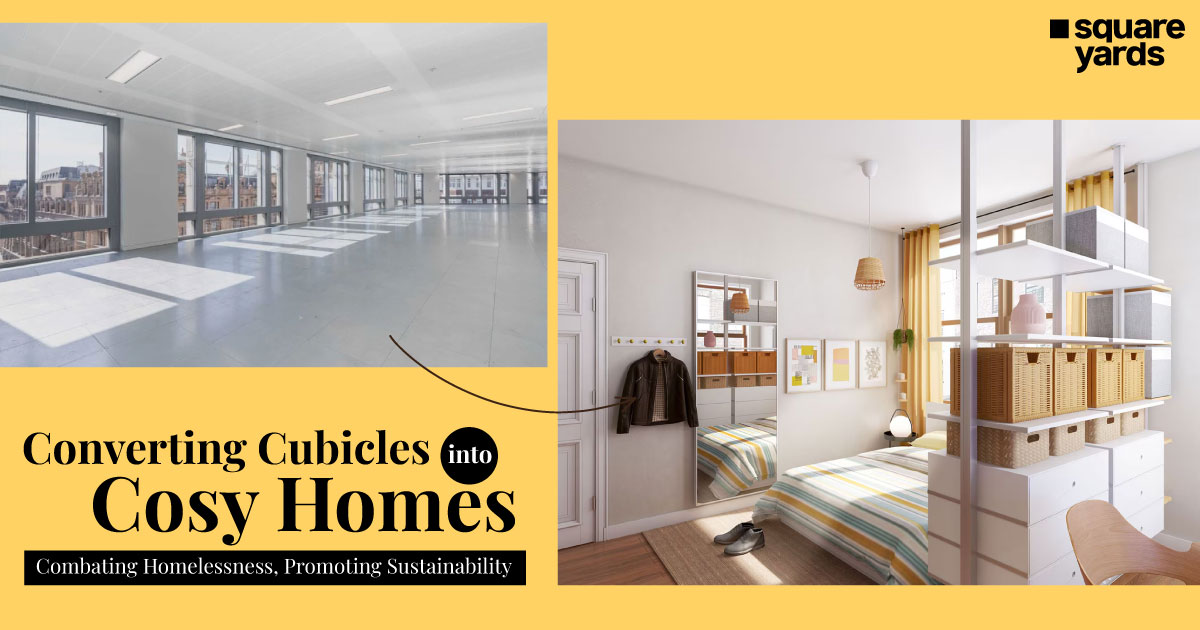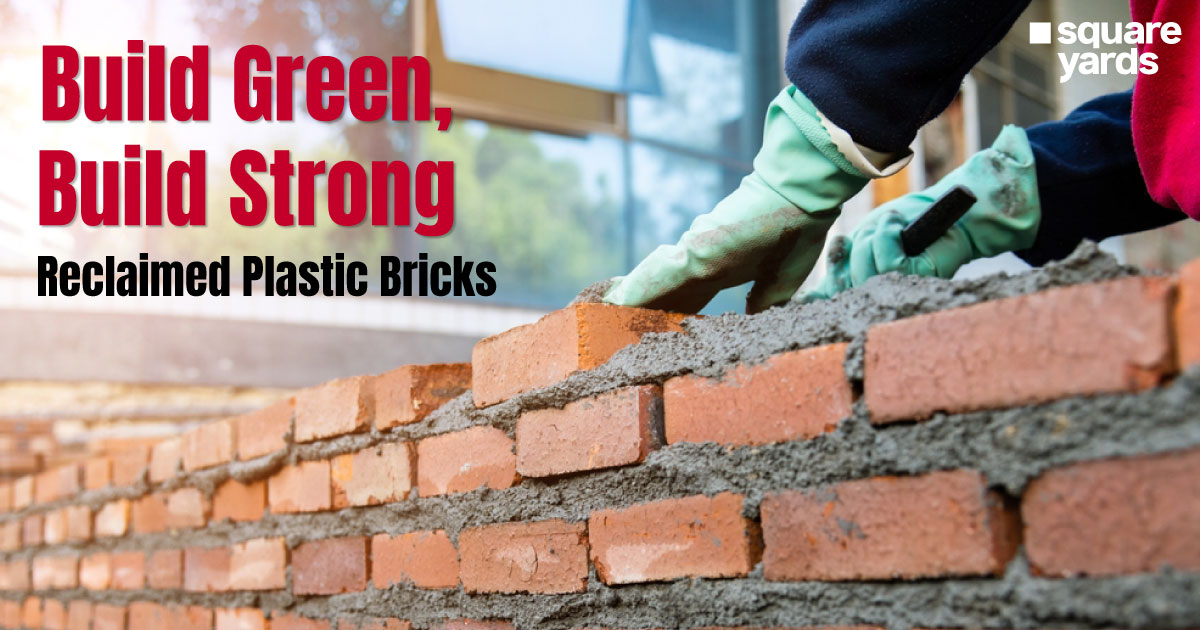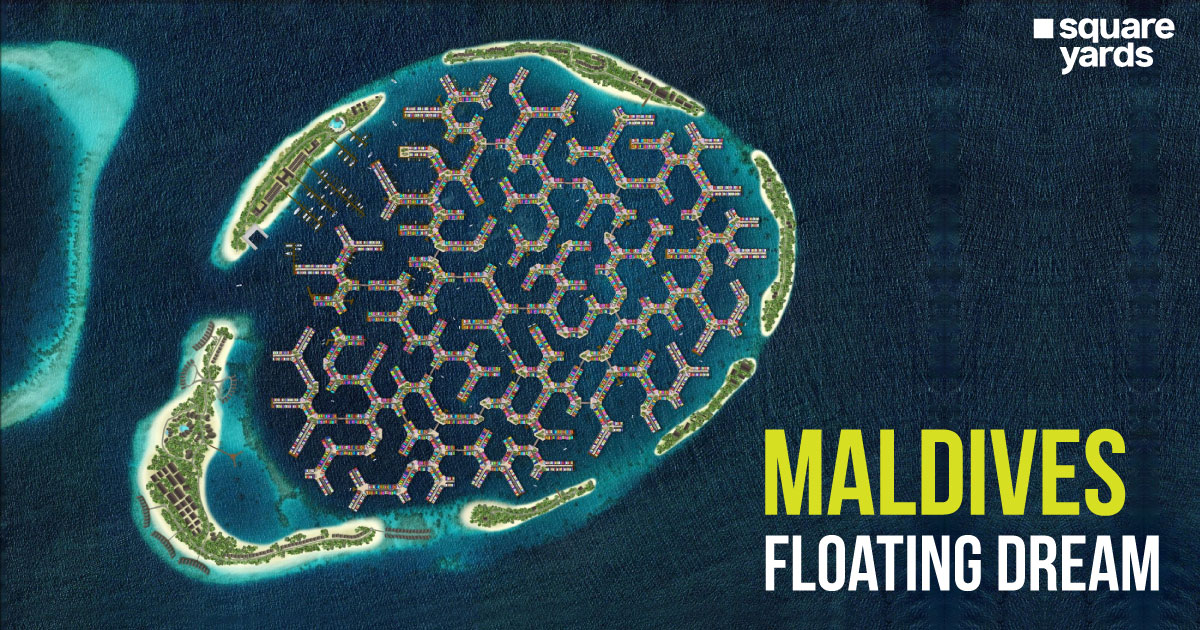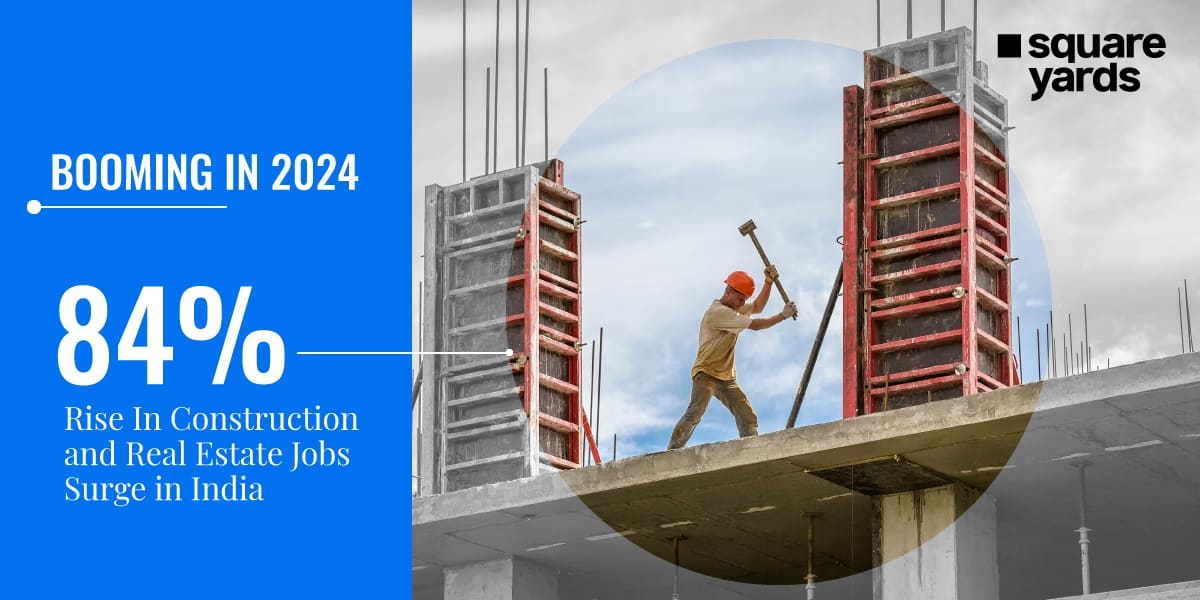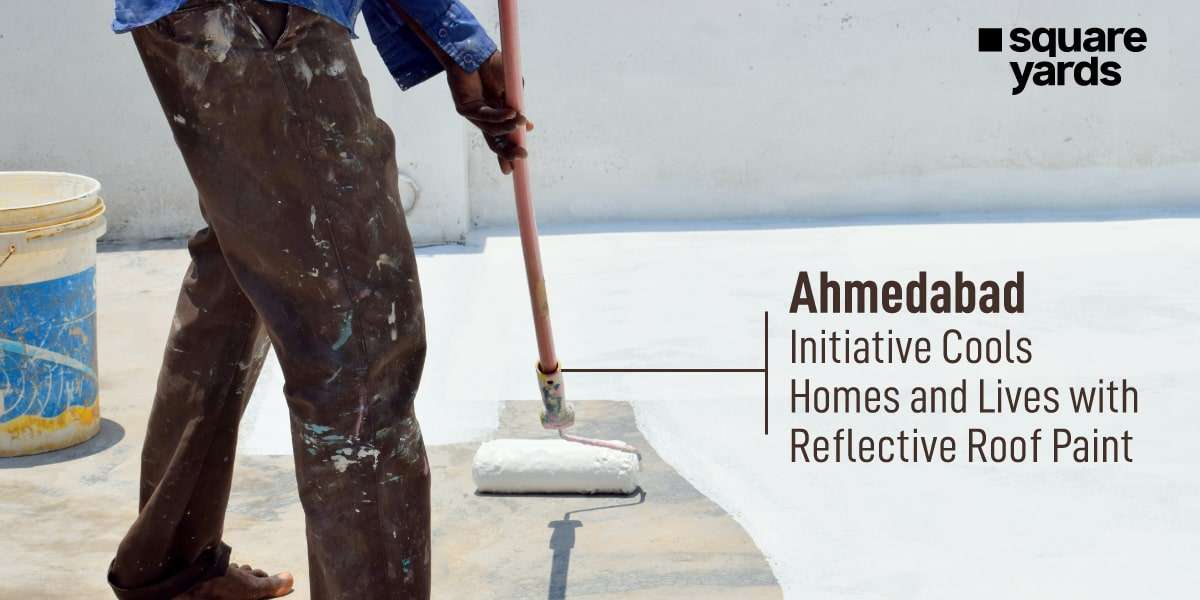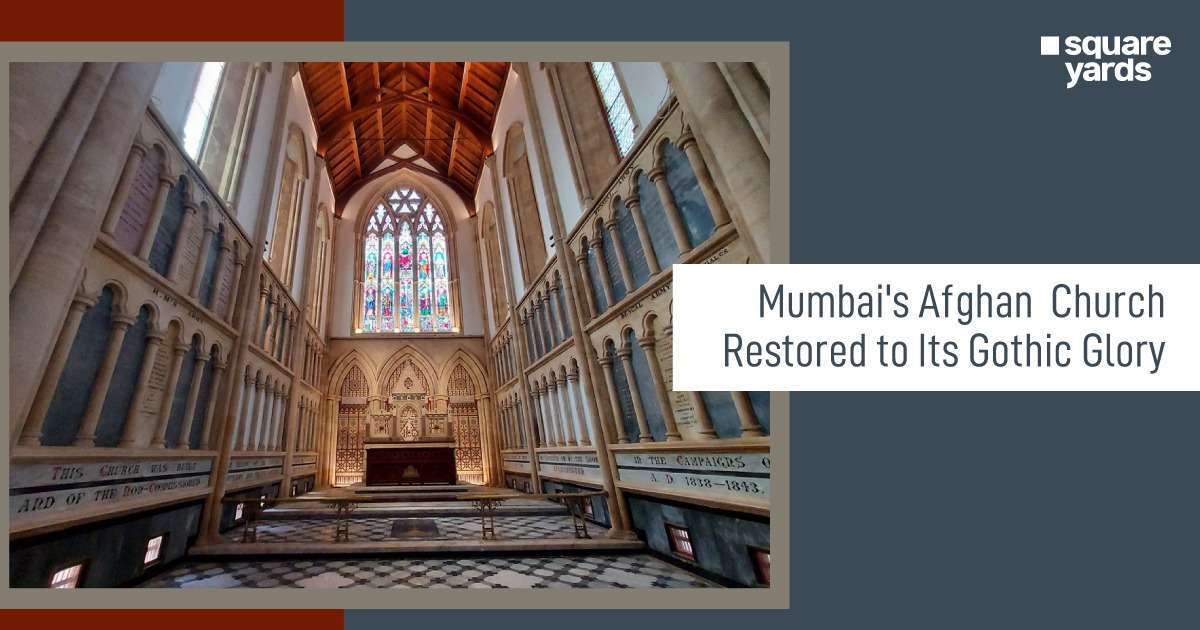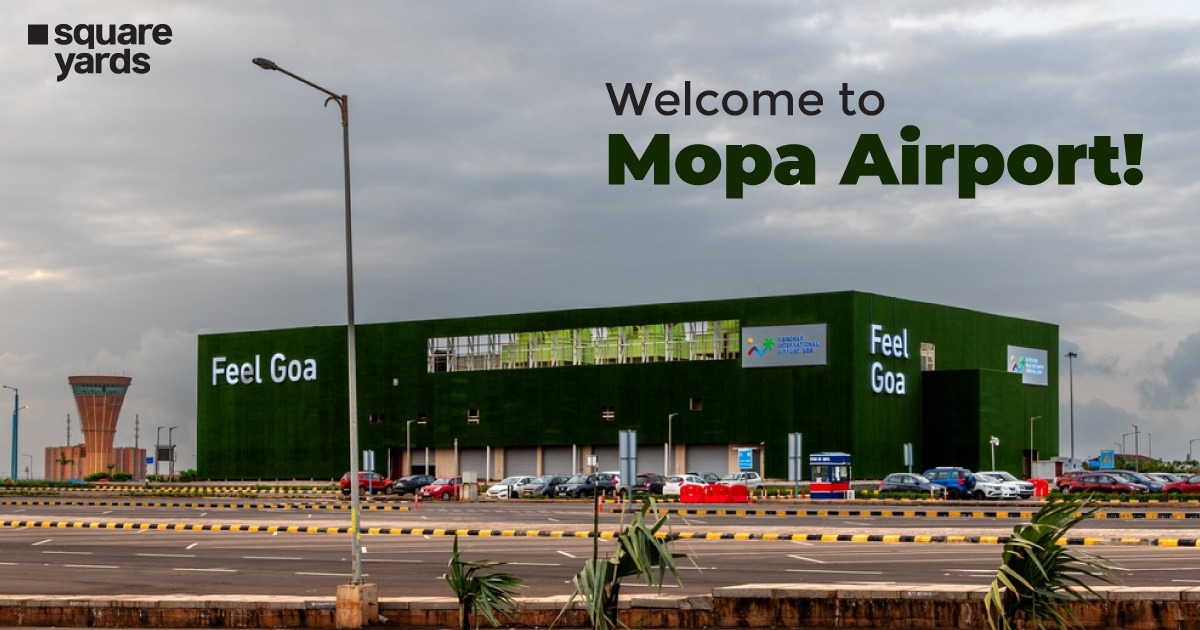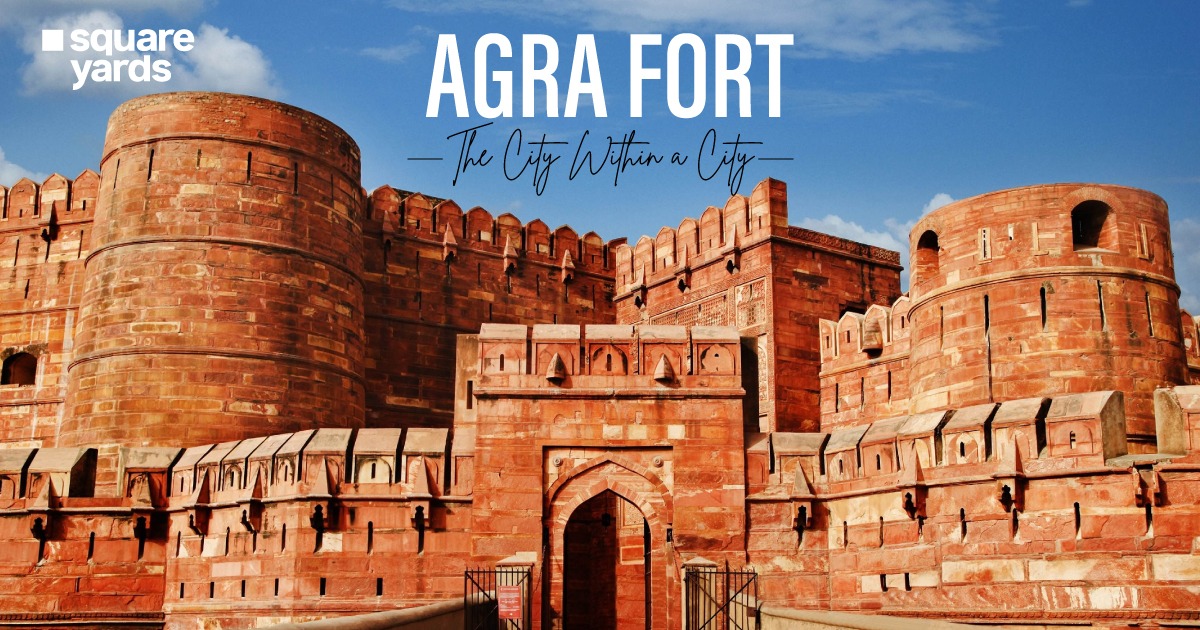An eco-friendly school nestled in South Africa that thrives on the vision of cultivating love for nature – sounds too good to be true? Well, Green School South Africa is a living example that education builds minds that sustain the future.
It’s an educational institution that inspires, educates and apprises its students to acclimate to the changing world. Green School South Africa is an eminent symbol for incorporating sustainability and imbibes the same ideology in the operations of the academy.
View this post on Instagram
The Green School South Africa stretches across an area of 3313 square metres. It is the third school in the Green Global Network, standing alongside Green School New Zealand and Green School Tulum (which will be opened in Mexico in late 2022). Launched in 2008, Cynthia and John Hardy founded Green School in Bali.
The ‘Green School Way’ is the new way of combining the two of the greatest things in the world- education and sustainability. This eight-hectare green village simulation for schooling and growth is located in the low-lying Parrel Valley situated in the Western Cape.
View this post on Instagram
Table of contents
The Profound History of Green School
The scenic Green School was a dream come true! John and Cynthia with their overflowing creative and innovative ideas were confronted by contacts in modern Bali. The Hardys gathered their knowledge to cater for the wisdom and appreciation of nature. After studying the psyche and culture of the Balinese people, Cynthia and John developed a passionate interest in sustainability.
On one fine day in 2005, the idea of Green School was born when their homeschooled daughters were suggested to join an actual school by their teacher. Alan Wagstaff’s “Three Springs” inspired John to build the school in the same country where he wanted to spend his life here in Bali, which is where the Green School was founded.
Architecture that Tells a Story
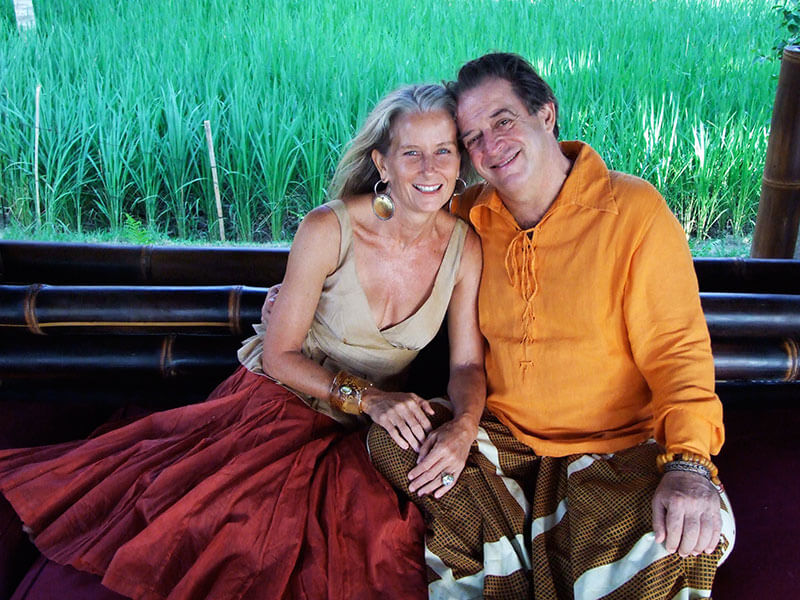
Credit: Green School
The campus of Green School South Africa is semantically demarcated by the Paarl Rock, the Drakenstein Mountains and Simonsberg. The contiguous format at the macro level inspired the construction of the school buildings. The architecture is defined by the tectonic shape from the mountains and even the Paarl Berg Boulders. The campus consists of orchards, vegetable fields, sensory paths, well-maintained patios and a collection of buildings surrounded by open areas for several activities and games. A series of organically shaped “Werf” walls intertwine each clump of buildings into an even group, creating a world of natural corridors and spaces.
View this post on Instagram
The main water body is connected to a gravity-supplied “Seawater” track, which refers to typical Cape Dutch architecture. The location of various zones and buildings has been carefully considered, considering the principles of passive design from Feng shui and the living building petals. The result is a rhythmic space where students connect with nature.
View this post on Instagram
All buildings are constructed from locally sourced natural materials. In order to meld the commodity within its surroundings, most of the produce is homegrown which helps the students delve deeper into eco-friendly practices. These buildings include oversailing leaf-like roof structures, perforated openings, bay windows, textured screening elements and a sports field. The school’s gardens and buildings are spread in an area of 8 hectares, providing a space to practice horticulture.
‘N Skool mat ‘n– A School with a Purpose
“Education is not preparation for life; education is life itself.”
View this post on Instagram
Their pedagogical belief is that in the greenway of education we learn and grow best when experiences are:
| R – Relationship-Centred and Holistic |
| E – Experimental and Evolving |
| A – Authentic and Action-Oriented |
| L – Local to Global Interaction |
The school also believes it is important to teach the youth how to deal with the challenges in the changing world.
View this post on Instagram
The Wall-less Campus of Bali
The award-winning bamboo campus environment is situated in the pristine forests of Bali, Indonesia. Bali at its best provides constant opportunities to experience the impact of the green school on the environment, Building a strong bond with nature around the serene jungle of Sibang Kaja Village, Bali by the Ayung River.
View this post on Instagram
Several sustainable pieces of equipment are available at the Bali campus, i.e solar panels, mini-hydro vortex generators, water filtration systems, waste management centre, compost station, aquaponics centre, and a bio bus. There are various other amenities present at the Bali campus including a chocolate factory, launchpad for small businesses, water sports activities and other games.
Is There More to Green School South Africa?
“At Green School, everyone is a teacher and everyone is a student”-
- Yayasan Kul Kul
View this post on Instagram
The campus is built based on the golden standard of sustainability, education and architectural design.
Master Design Idea of Sustainability
- Regenerative
- Negative carbon footprint
- Producing 105% of its own electricity
- Usage of less water compared to what the site receives through rainfall each year.
- Zero waste-to-landfill sites, and collection of waste from neighbours and communities
- Zero harmful chemicals are used while manufacturing different products, including markers and glue.
- The re-establishment of endemic flora and fauna leads to an impactful contribution to biodiversity.
- Incorporation of herbal corridors, fruit and vegetable gardens, vineyards and medicinal gardens on campus.
- Usage of inhouse solar and hydroelectricity generators.
- Ethical and sustainable commercials ensure financial stability.
- No plastic bags are used on campus.
A Unique Way of Education
- Learning of local skills
- Student’s involvement in everyday chores around the campus
- Green camps to sponsor scholarships
- Local food as the key to integration and sustainability
- Innovative and unique
- Educating life skills like–cooking, farming, crafts, cleaning and much more
- Holistic curriculum focussing on Green studies, creative studies, entrepreneurship, global studies,
- Child-centred education pattern
- Exposure to unique activities and different environments
Diverse Culture
- Diverse and non-discriminatory educative culture
- Teachers from all around the world
- Gateway for local teachers
- Success school model for global growth of the green school
Why is It Important to Build More Eco-friendly Architectural Buildings?
Sustainability improves the quality of life, protects our environment and preserves the natural resources for future generations. Following the green ideology in all sectors of life will help us reduce our carbon footprints.
View this post on Instagram
A Few Steps that can be Taken Towards Environmental Sustainability Include:
- Protecting renewable natural resources by promoting sustained farming techniques.
- Planting organic kitchen gardens.
- Supporting the local farmers and buying carbon offsets to brace reforestation.
Negligently built man-made structures use more energy and with increasing demand for resources, it leads to the promotion of global warming.
Green buildings promote the efficiency of establishments and attempt to minimise environmental impact.There are several benefits of eco-housing i.e. low maintenance and operation cost, energy and water efficiency, increased indoor environment quality, reduced strain on local resources and carbon footprints to a lesser degree.
A Long Way Ahead
Why should one consider thinking sustainable? Is it important to succour humankind? Is it essential for Earth’s future? Undoubtedly, yes!
In today’s world, nothing is more important than trying to do your part in preserving the environment. The extinction of renewable resources will leave the living species and their ecosystems up for a toss. In the game of survival, only the fittest taste victory. We ask, what if there’s a way we can all win?
The Green School South Africa bridges the relationship between the youth and environment. The students are taught major life skills and ways to conserve nature. Hydro and solar power generators alongside compost and waste management projects help the children learn their part at a very early age. It shows that the campus and practices are rooted in sustainability. Through its ingenious initiatives, Green School South Africa is paving the path in enlightening more minds to follow in their footsteps to create a sustainable living environment.


























